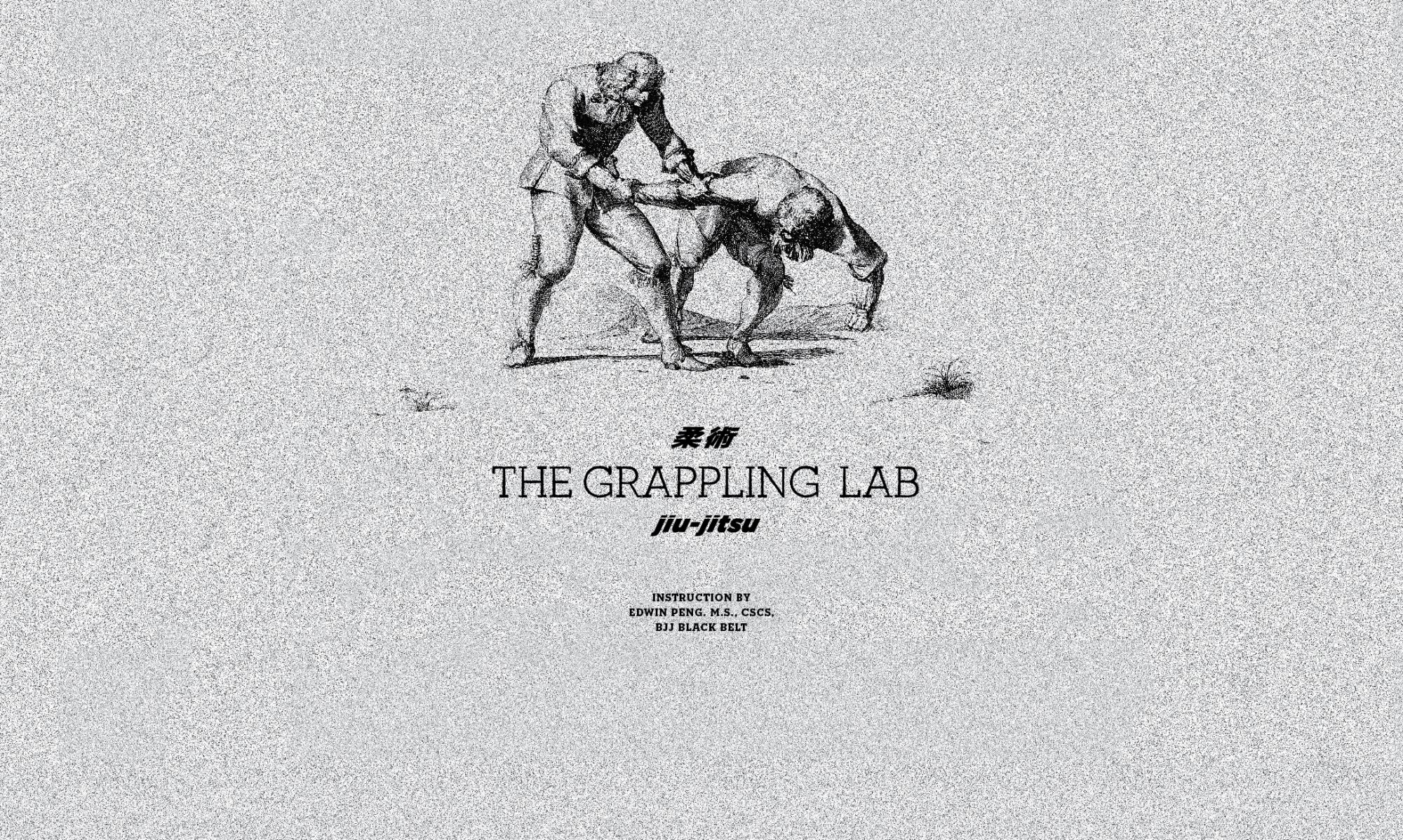There are many ways a coach can mitigate injury risk during training sessions. By emphasizing the proper use of technique and skill injury risk will be minimized. Some gyms have a main emphasis only on performance, with strenuous training that eventually lead to accumulated stress and injuries (Wojtys 2010).
The BJJ athlete him/herself serves as the first level of injury prevention. The athlete should develop a high level of physical fitness and understanding or strategy and techniques before participating in hard rolls. The athlete should be able to recognize when he or she is at risk of injury and be willing to tap out before injury occurs. During training students should be taught to tap early and tap often in order to save their joints. Students should be taught not to outmuscle or endure submissions to prevent an opponent from “winning.” While some coaches will tell students to endure a guillotine or triangle until the the opponent fatigues, the damage to the vertebrae and discs are long lasting and heals slowly. Students should be taught not to try to endure submissions and just allow their opponents to “win” during training sessions.
Another way a coach can help mitigate injuries is by enforcing the use of weight classes during training classes. Students have a higher likelihood of getting injured when rolling with a heavier opponent. This is due to overexertion of muscles and joints, and due to supporting an opponent’s weight. When students must be paired with heavier opponents, the lighter practitioner should keep in a top position in order to reduce stress and strain.
Practitioners must often perform maneuvers that require motor coordination, strength, and flexibility simultaneously while under load and in an unstable position. By incorporating a strength and conditioning program, risk of injury can be mitigated during training and competition. By increasing the athlete’s flexibility, strength, and endurance we can increase the body’s resilience to injury. Injury prevention should be a part of every practitioner’s training program.
Strength and Conditioning
Students must train their strength, joint flexibility, stability, power, and endurance. By enhancing their muscular strength, students will make the muscles around their joints stronger to provide stabilization for joint, eliminating unwanted movement. Strength training will also increase bone strength and reduce incidence of bone stress fractures. Strength training will also increase the strength of the tendons and ligaments. By increasing their full range of motion and joint flexibility students will decrease their susceptibility to injury. Stability training can be incorporated into a warm up routine in order to reduce the injury risk. By training power, students will be able to withstand the strain caused by explosive movements. Endurance training will reduce injury risk by preventing fatigue related injuries. All these attributes can be trained with a proper strength and conditioning routine.

